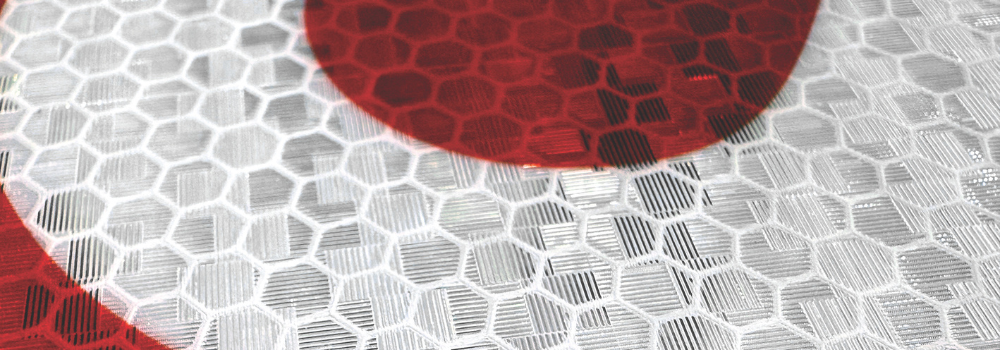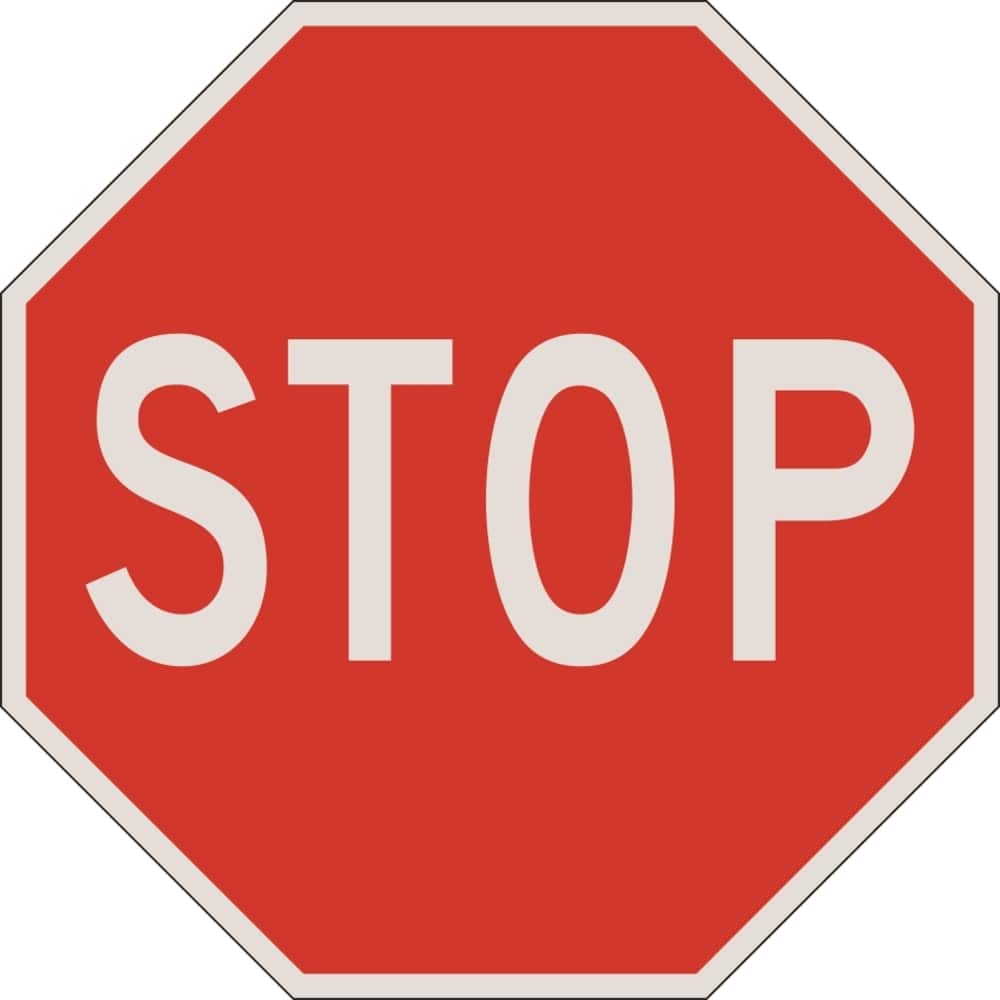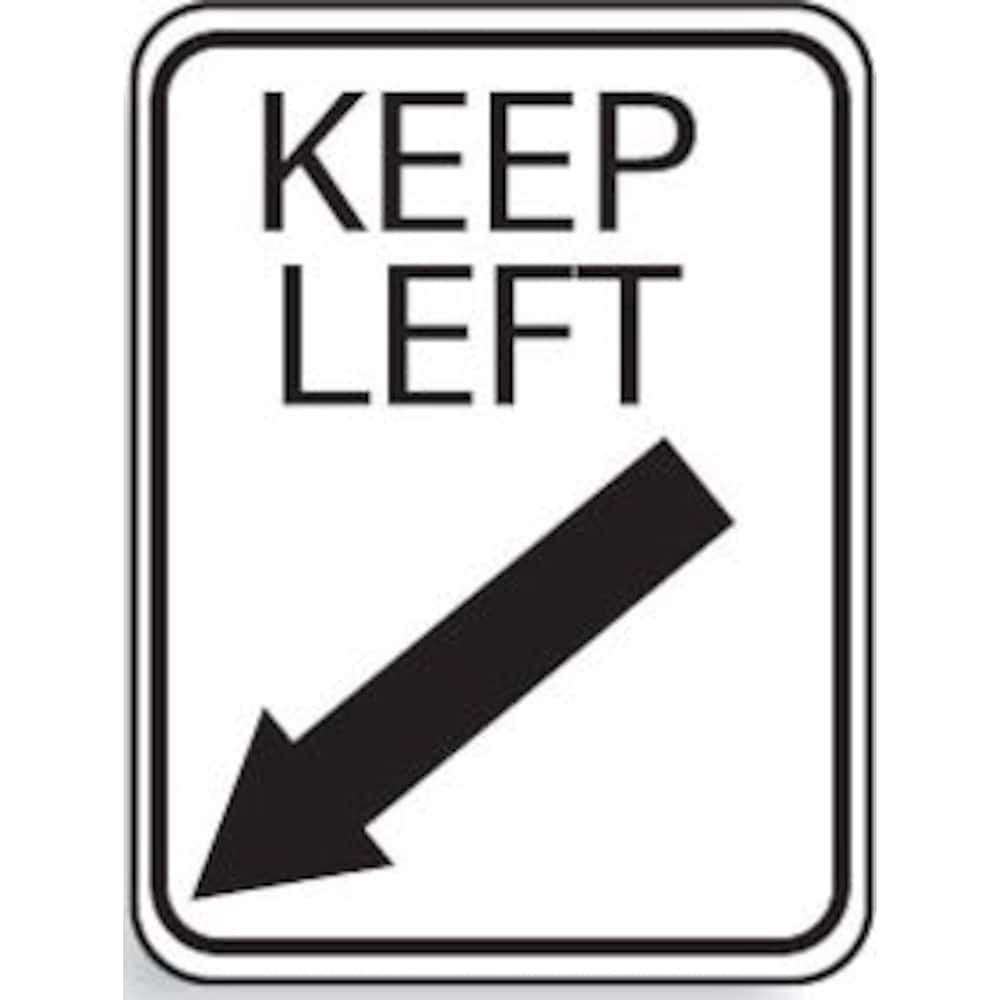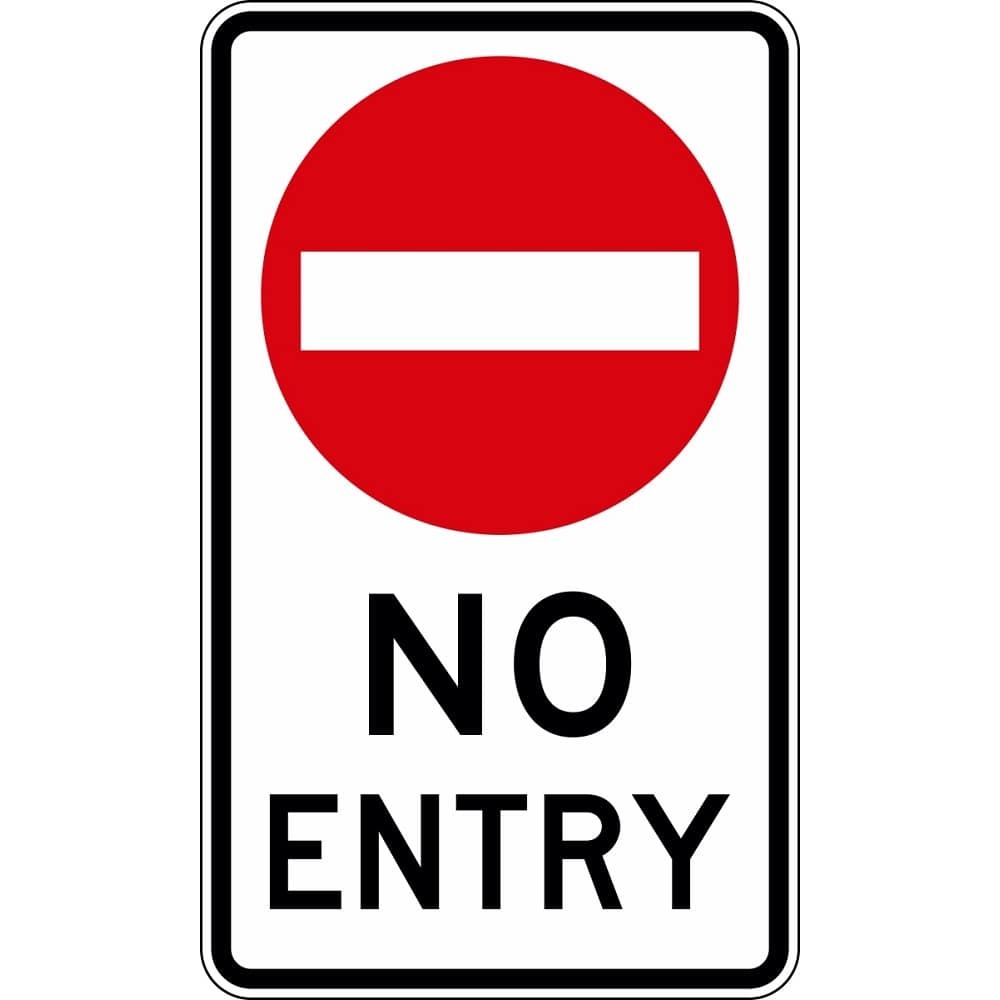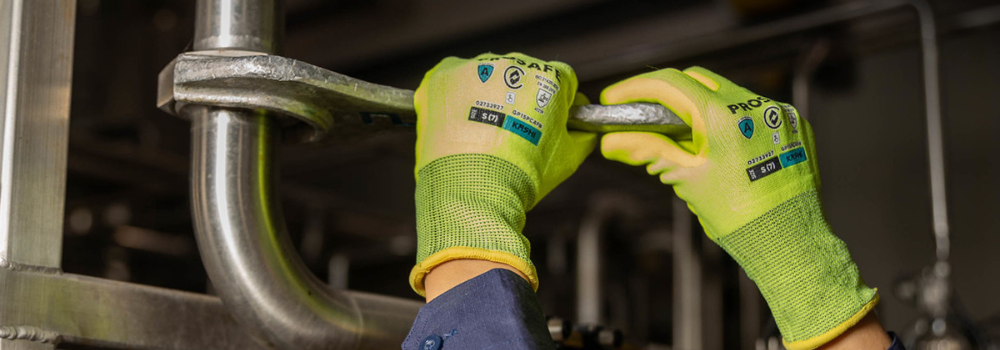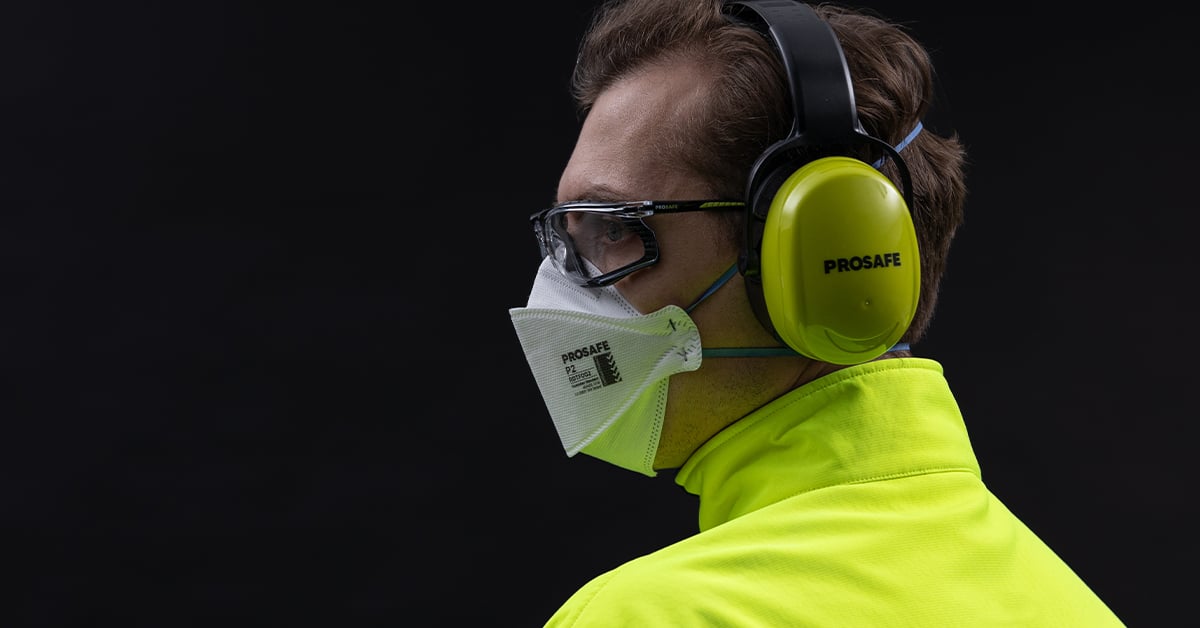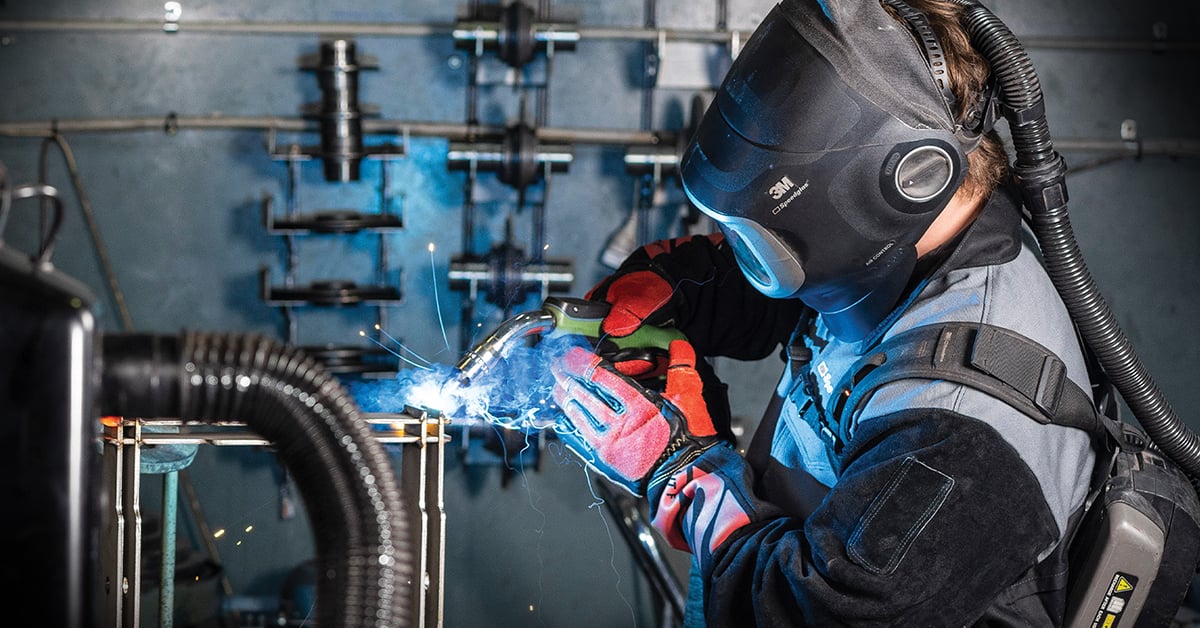CASE STUDY: How Blackwoods helped a manufacturing company reduce hand injuries without impacting productivity?
Safety that works as hard as your team. In fast-paced manufacturing environments, minor hand injuries can quickly become a major concern. For one...
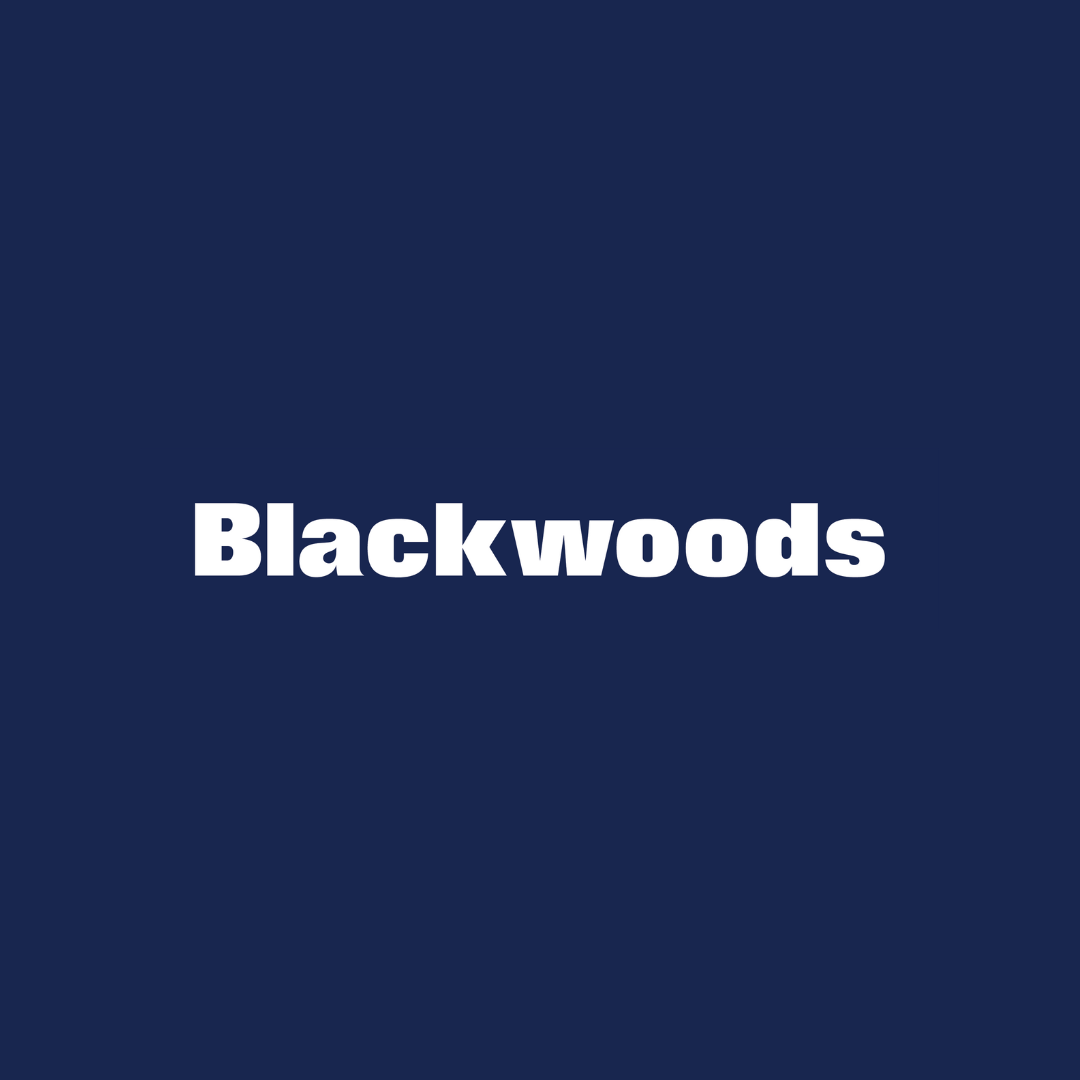 Blackwoods
Blackwoods
